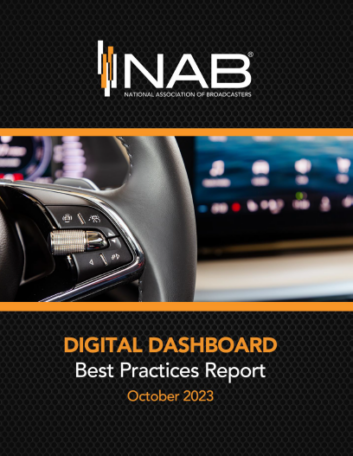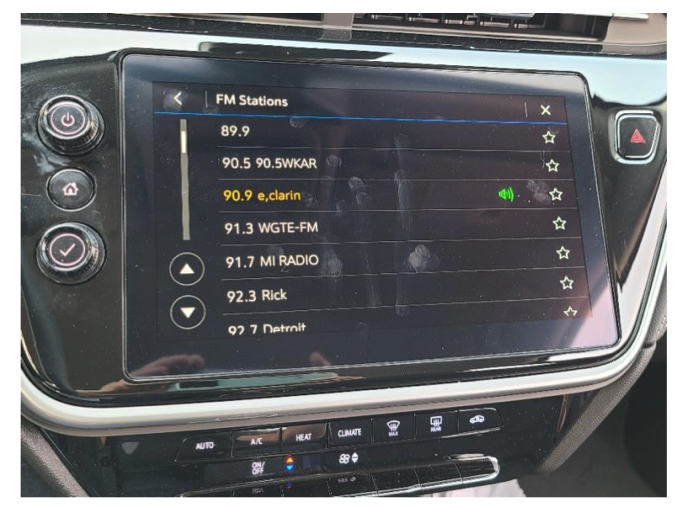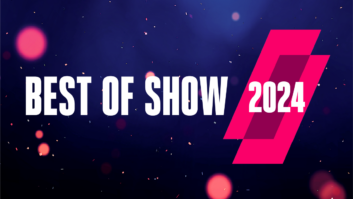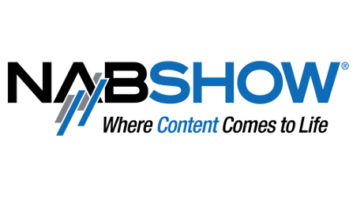 The National Association of Broadcasters says U.S. broadcasters have done much in the past six or seven years to improve the appearance of radio on the digital dashboard, yet there is significant work yet to be done, especially by stations in small and medium-sized markets.
The National Association of Broadcasters says U.S. broadcasters have done much in the past six or seven years to improve the appearance of radio on the digital dashboard, yet there is significant work yet to be done, especially by stations in small and medium-sized markets.
It issued these findings when it released an updated “Digital Dashboard Best Practices Report” that also explores recent developments such as the appearance of hybrid radio systems. The update, published in late 2023, includes new findings from station audits, and highlights the “rich content” information essential for broadcasters and automotive OEMs.
The key takeaway is that it’s crucial for stations to ensure that their metadata, especially from RDS and HD Radio systems, provide radio listeners with an experience commensurate with what they get from satellite radio, streaming services and other media in car dashboards.
The report is a 46-page document originally published in 2017. It offers a comprehensive guide to providing a competitive digital dashboard experience to consumers.
The original contained FM dial audits conducted in Grand Rapids, Philadelphia and Charlotte that revealed inconsistences in the radio experience on digital dashboards. The update features audits in Detroit and Little Rock.
It found that many radio stations still have work to do. “Oftentimes, there’s a sense that the metadata is not checked or properly edited before broadcasting and no one is monitoring the station or market to look for mistakes,” the report concludes.

For example a lack of consistency in using album art, typically through the HD Radio Artist Experience feature, is one of the issues it found, with some HD Radio stations either ignoring album art entirely or pushing album art that doesn’t correspond to the audio currently playing.
But the report cited plenty of missed opportunities with RDS, as well.

The NAB offers several updated recommendations:
- Broadcasters can register for free with RadioDNS and creating a service information (SI) file to enhance the appearance of a station on a hybrid radio system, complete with station information (frequency, call letters, branding) and a logo.
- Broadcasters are encouraged to enroll in DTS AutoStage, Xperi’s hybrid radio platform, now offered in brands such as Mercedes-Benz, Tesla, Hyundai, Kia and Genesis. Among other features, AutoStage allows AM broadcasters (both analog and digital) to display logos and station ID information, delivered to the car receiver over the internet. Autostage also supports “service following,” in which a signal is handed off seamlessly from the over-the-air signal to an online stream. Users can save a station as a favorite and listen to it outside of the broadcast coverage area.
- Stations are encouraged to employ chunking, as opposed to scrolling, if the PS (Program Service) data in their RDS is dynamic.
- For HD Radio stations with the Artist Experience feature, the report recommends making use of commercial breaks, including the ability to display a sponsor logo. SiriusXM’s use of such information during ads on its content channels is cited as an example.
- The report recommends “middleware” software services like Quu2Go or Arctic Palm/DTS Connected Radio to maintain station metadata for an accurate and consistent user experience. Quu2Go can provide album cover art and advertiser images.
- HD Radio broadcasters can take advantage of a web-based tool from Xperi to check that their artwork (logos and/or artist images) will appear properly on HD Radio receivers with Artist Experience.
Other recommendations include proper branding of HD multicast channels (as opposed to simply titling the feeds, for example, “WXXX HD2”) and better overall strategic metadata use for spoken word formats (i.e. names of hosts and/or shows displayed). The report encourages collaboration between the engineering and programming departments to ensure that these standards are met.
“Gone are the days when the radio industry had this real estate to itself,” the report states. “Broadcasters need to strengthen their hold on this turf by improving the user experience on auto dashboards.”
The report is available in a five-page best practices summary, but the detailed report is worth reading. Its audits found numerous stations of all sizes that failed to deliver a consistent user experience on a digital dashboard in circumstances that would be easy to avoid.
Read the updated NAB Digital Dashboard Best Practices Report. More resources, including a digital dash “audit” spreadsheet, are available on the NAB website.












